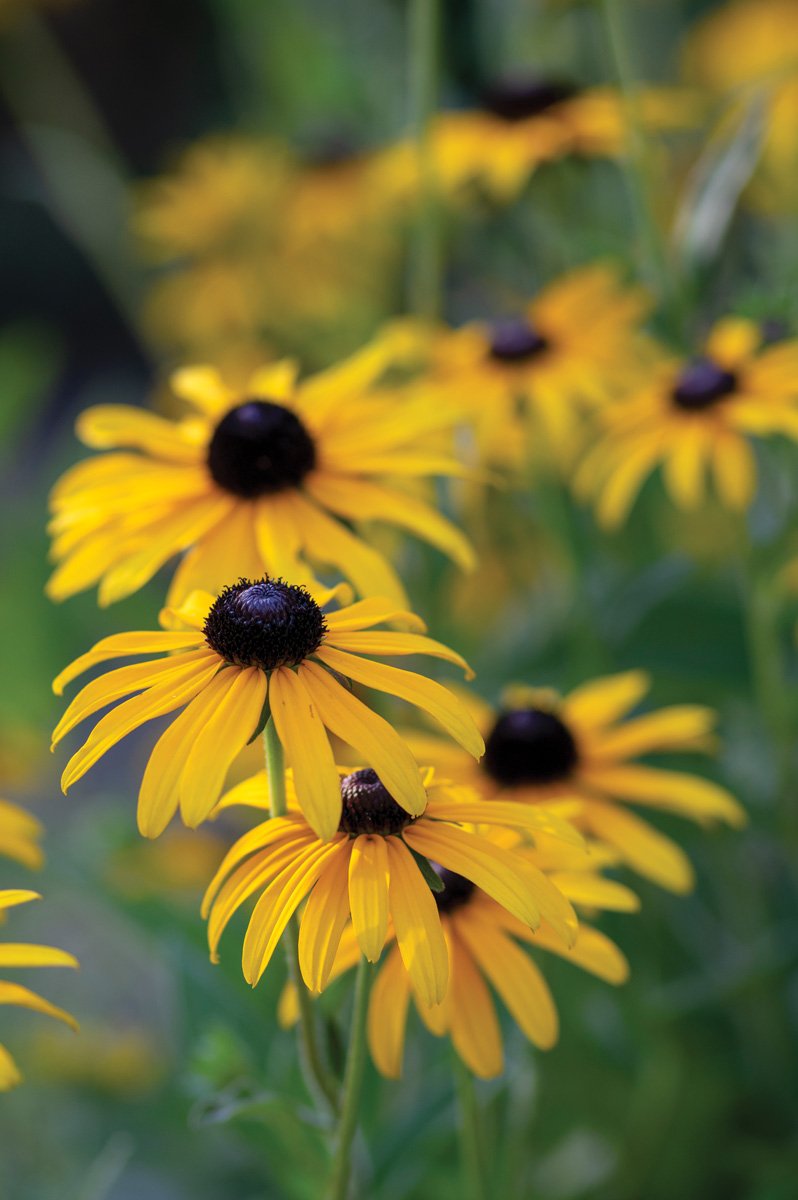this year, everyone should think about going Native in their gardens
Native plants have become an increasingly popular topic of conversation the past few years. The reasons are quite important.
Native plants (also called indigenous plants) are plants that have evolved over thousands of years in a particular area or region. These plants have adapted to their conditions which include weather, types of soils, and other things such as pests and disease. Through this process of adapting, native plants have become more sustainable and thrive better in their native regions.
A golden rule of gardening, and one of the secrets to success, is to plant the right plant in the right place. That sums up what using native plants is all about.
As native plants adapt to their conditions, they become more pest resistant, and can more easily withstand periods of rain or drought or whatever the weather brings. Through the years, native plants have transformed themselves to be successful in the conditions where they have grown. This is tremendously helpful for the environment and gardeners for a few important reasons. Native plants need less care. They like where they are, and, having adjusted to the area’s conditions, require less tending to be successful. Natives typically are not bothered by pests, so insecticide use goes down, which is good for the environment and humans! Natives have adapted to the climate, and they will require less water, a precious commodity. They can withstand our hot and humid summers, and our snowy and frigid winters. Native plants are also great habitats and food sources for birds and beneficial insects.
There are many native plants in our area. A few perennials include one of my favorites, the jack-inthe-pulpit. Often found in wooded areas, these plants have a curled top that opens, and are great for the wetter parts of your garden.
Tickseed is another great perennial. Large groups of bright yellow flowers can dress up any area. They are deer resistant (a huge plus) and will spread if left alone. Another favorite: the cardinal flower. This brilliant red flower is a standout in any garden bed. Don’t forget the age-old favorite, the black-eyed Susan. These perennials are easy to get started and spread to fill out space.
In addition to perennials, grasses and ferns have become more popular. Ferns come in a variety of sizes and textures, and grasses can be variegated, green, yellow, tall, or short. These plants are great as backdrops or just about anywhere.
Shrubs and trees are also part of the native plant collection. Shrubs such as red twig dogwood, chokecherry, or elderberry are good choices. Many people have had to replace their ash trees because of the borer, so if you need to replace or add a tree to your yard, consider a maple, river birch, ginkgo, or tulip tree.
There are several local organizations that provide lists of native plants and trees in our area. You can also go to www.audubon.org, enter your zip code, and obtain a listing of all native plants, trees, and shrubs in your area.
This year, as you plan your gardens, make sure you are replacing some of the plants that didn’t do so well, with native plants. You’ll have beautiful, lower maintenance beds that are also helping everyone create a better environment.
——
Jackie can be seen in her native environment every Saturday on WGRZ-TV, Buffalo on Daybreak Saturday. For more of her work visit www.jackiealbarella.com


